Apple's long journey into foldable territory has been marked by patience, perfectionism, and what appears to be a breakthrough that could redefine the entire category. After years of watching Samsung, Google, and others iterate through foldable designs with varying degrees of success, Apple seems ready to make its move with a device that tackles the most persistent complaint about foldables: that annoying crease down the middle of the display.
Recent industry analysis indicates Apple has been developing this technology for several years, with a targeted release as part of the iPhone 18 lineup in September 2026. What makes this development particularly compelling is Apple's reported breakthrough in creating what could be the first truly crease-free foldable display. This represents more than just an incremental improvement—it's potentially the solution to the fundamental barrier that has kept many consumers from embracing foldable technology despite its obvious appeal.
What makes Apple's crease-free technology different?
The technical achievement Apple has reportedly accomplished addresses the root engineering challenge that has limited widespread foldable adoption. Here's the thing about current foldables: even Samsung's latest Galaxy Z Fold models, which represent the most mature foldable technology on the market, still show visible creases despite improvements over earlier generations. That persistent line down the middle of the screen creates a constant reminder that you're using compromised display technology, breaking the seamless experience that users have come to expect from premium smartphones.
Apple's approach represents a fundamental shift from treating the crease as an inevitable consequence to engineering it out entirely. Industry sources suggest the company will use a custom-designed metal plate system to manage the stress generated during screen folding, sourced primarily from Fine M-Tec. This solution works by distributing and controlling bending stress at the microscopic level, rather than simply trying to minimize its visible effects.
Rather than using traditional etching methods, reports indicate Apple has opted for laser drilling technology to create microstructures that guide stress distribution with surgical precision. This more expensive process reflects Apple's commitment to eliminating the crease regardless of cost implications—a decision that could finally make foldables feel like mature technology rather than an interesting experiment.
Apple's solution also demonstrates the company's systems thinking approach. Samsung Display has been developing the OLED panels specifically for Apple since last year, working in close collaboration with hinge manufacturer Amphenol to ensure every component works together toward the crease-free goal. This integrated approach contrasts sharply with the component-by-component optimization that has characterized earlier foldable efforts.
Design specifications point to premium positioning
The iPhone Fold's rumored specifications suggest Apple is targeting the premium segment with serious engineering ambitions that go beyond simply matching existing foldables. Current reports indicate the device will feature a 5.5-inch outer display when folded and a 7.8-inch inner screen when opened, with resolutions of 2,088 x 1,422 and 2,713 x 1,920 respectively. These dimensions provide a familiar phone experience when closed and a genuine tablet-class workspace when opened.
What's particularly impressive is how these specifications connect to Apple's broader engineering philosophy. The thickness requirements reveal the complexity: the device is expected to measure just 4.5-4.8mm when unfolded, potentially making it thinner than the rumored iPhone Air when opened. Achieving this profile while housing dual displays, complex hinge mechanisms, and the structural elements needed for crease-free operation represents a significant materials science challenge.
The construction strategy showcases Apple's materials expertise in service of functional goals. Analyst Jeff Pu suggests a titanium-aluminum frame combination, while the hinge mechanism incorporates titanium, stainless steel, and potentially Liquidmetal components. This hybrid materials approach isn't just about premium positioning—it's engineered to maintain structural integrity through repeated folding cycles while keeping the device remarkably thin.
The shift to Touch ID integrated into the side button rather than Face ID reflects the practical challenges of dual-screen authentication. Rather than compromise Face ID's accuracy across different folding configurations, Apple appears to be choosing the more reliable solution that works consistently whether the device is open or closed. The camera setup—four total cameras including two 48MP rear cameras and dedicated front cameras for both configurations—ensures photographic capability isn't sacrificed for form factor innovation.
Production timeline suggests 2026 launch window
Apple's manufacturing timeline indicates serious momentum toward a 2026 release, with multiple supply chain indicators pointing to a coordinated ramp-up across the complex component ecosystem required for foldable production. Reports suggest the company is currently stockpiling components for pre-production, including foldable OLED displays, titanium frames, and complex hinge assemblies. This component stockpiling strategy reflects lessons learned from supply chain disruptions and the particular complexity of coordinating multiple specialized suppliers for a first-generation product.
The development milestones reveal Apple's methodical approach to product maturation. Component supplier selection was reportedly finalized by April, allowing suppliers like Fine M-Tec to begin specialized manufacturing preparations for the metal plates that enable crease-free folding. The device entered the New Product Introduction phase at Foxconn in March, with official mass production expected to begin in the fourth quarter of 2026.
This timeline aligns with Apple's typical product development cycle while accounting for the additional complexity of foldable technology. Fine M-Tec is expected to begin shipping the specialized metal plates in the first quarter of 2026, creating a buffer that allows for final testing and refinement before mass production scales up for a second-half 2026 launch.
The production scale appears ambitious for a first-generation foldable. Initial forecasts suggest 8-10 million units in 2026, potentially jumping to 20-25 million in 2027. These numbers indicate Apple's confidence in both the technology and market demand, representing a significant portion of the current foldable market despite premium pricing.
Market impact and pricing expectations
The iPhone Fold's entry into the foldable market could represent the inflection point the category has been waiting for. Current foldable phone sales totaled only 19.3 million devices in 2024, according to IDC research, suggesting the market remains constrained by the technical limitations and user experience compromises that Apple's crease-free technology directly addresses. If Apple can deliver on its promise of eliminating the most commonly cited drawback while maintaining the company's reputation for build quality and software integration, it could unlock demand from consumers who have been interested in foldables but unwilling to accept current trade-offs.
The pricing strategy positions the device as a technology showcase rather than a volume play. Multiple analyst reports suggest a range between $2,000 and $2,500, reflecting both the premium materials required and Apple's strategy of entering new categories at the high end. This approach parallels the original iPhone X launch, where breakthrough technology justified premium pricing that eventually filtered down to broader product lines.
Despite the premium positioning, industry analysts project shipments of 3-5 million units for the initial launch, representing a significant portion of the current foldable market. Success at these volumes could validate the broader foldable category and encourage both Apple's own expanded foldable lineup and more aggressive development from competitors.
The broader market implications extend beyond just another premium iPhone variant. If Apple's crease-free display technology delivers on its promise while maintaining the seamless software experience the company is known for, it could finally answer the fundamental question about foldables: whether they represent genuine utility advancement or simply novel form factor experimentation. Success could accelerate the entire category's maturation from niche enthusiasm to mainstream consideration.
The road ahead for foldable innovation
Apple's approach to the foldable market demonstrates the company's typical strategy of entering established categories with implementations that address fundamental user experience barriers rather than simply matching existing specifications. The iPhone Fold represents more than just another product launch; it's potentially the device that transforms foldables from an interesting experiment into an essential smartphone evolution by solving durability concerns, display quality issues, and software optimization challenges that have limited broader adoption.
The technical achievements required for a crease-free display, combined with Apple's ecosystem integration and software optimization capabilities, could establish new benchmarks that make current foldable limitations seem like early adoption compromises. Reports also suggest Apple is developing a larger foldable device, potentially a foldable iPad planned for 2028, indicating a comprehensive strategy that could span multiple device categories once the foundational technology proves successful.
The 2026 launch window positions Apple to capitalize on mature supply chains and manufacturing expertise while potentially leapfrogging competitors who have been iterating on flawed foundational assumptions about acceptable foldable compromises. If successful, the iPhone Fold might finally deliver on the promise of foldable technology: devices that truly feel like carrying both a premium phone and a capable tablet in a single, durable package that doesn't constantly remind you of the engineering challenges required to make it possible.
Bottom line: we might be looking at the device that transforms foldables from an interesting experiment into the next fundamental evolution of smartphone form factors—not because it's first to market, but because it's potentially first to eliminate the compromises that have kept the category from achieving mainstream success.




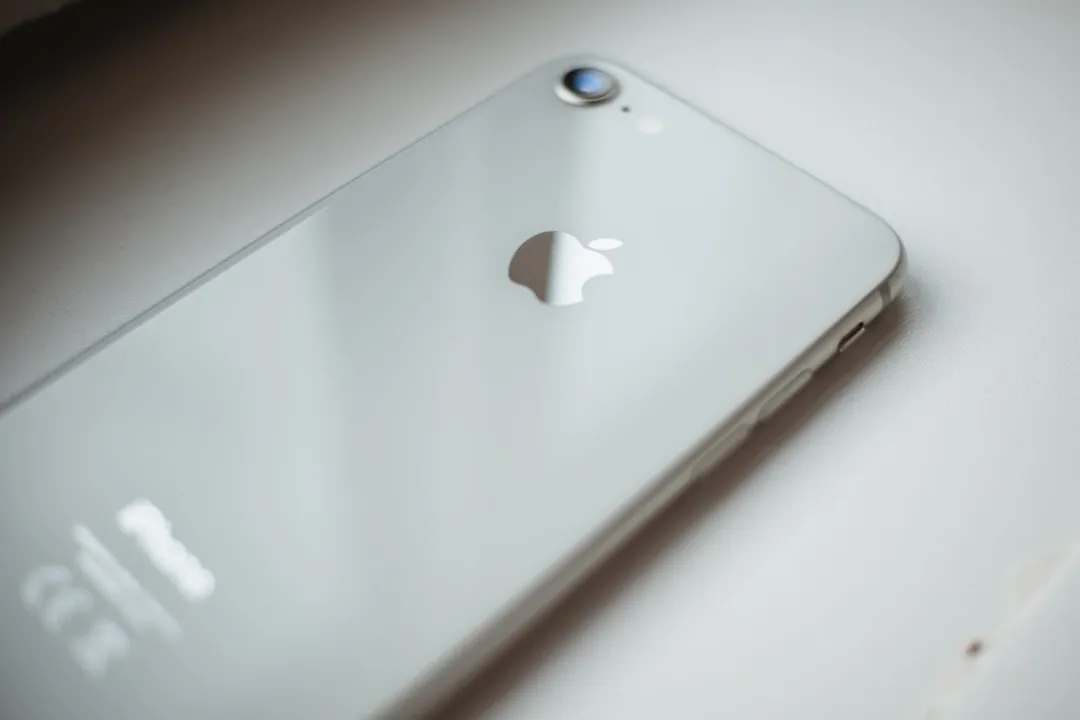
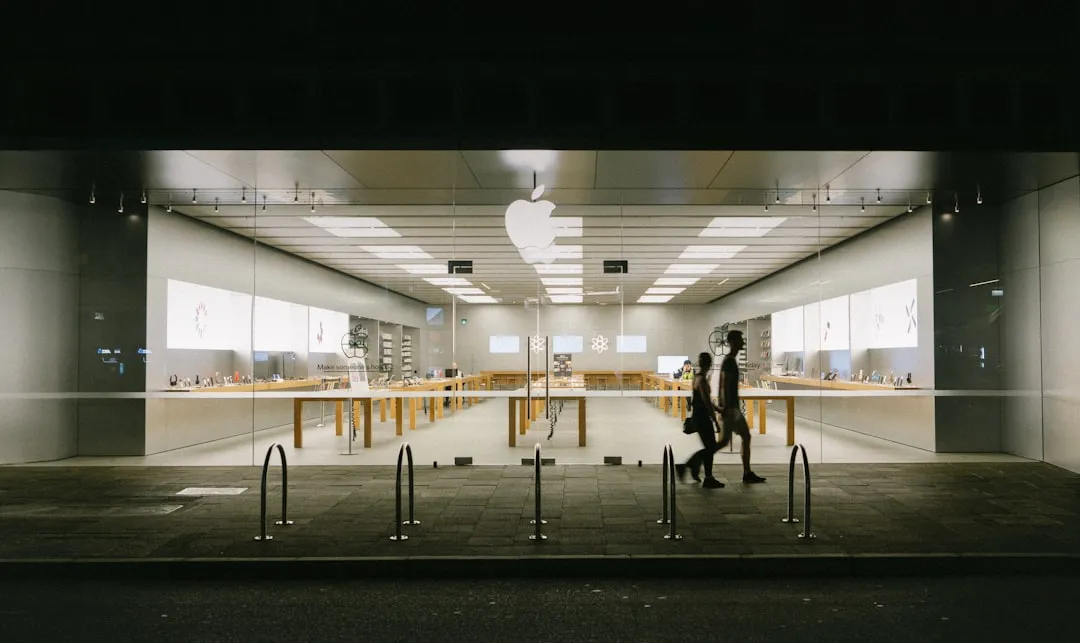

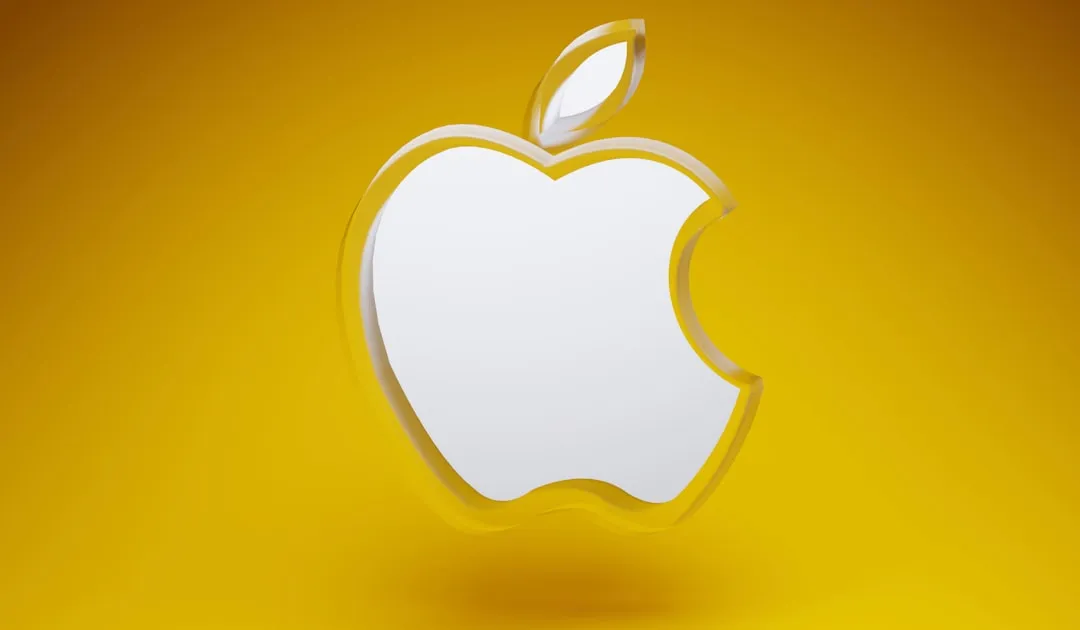
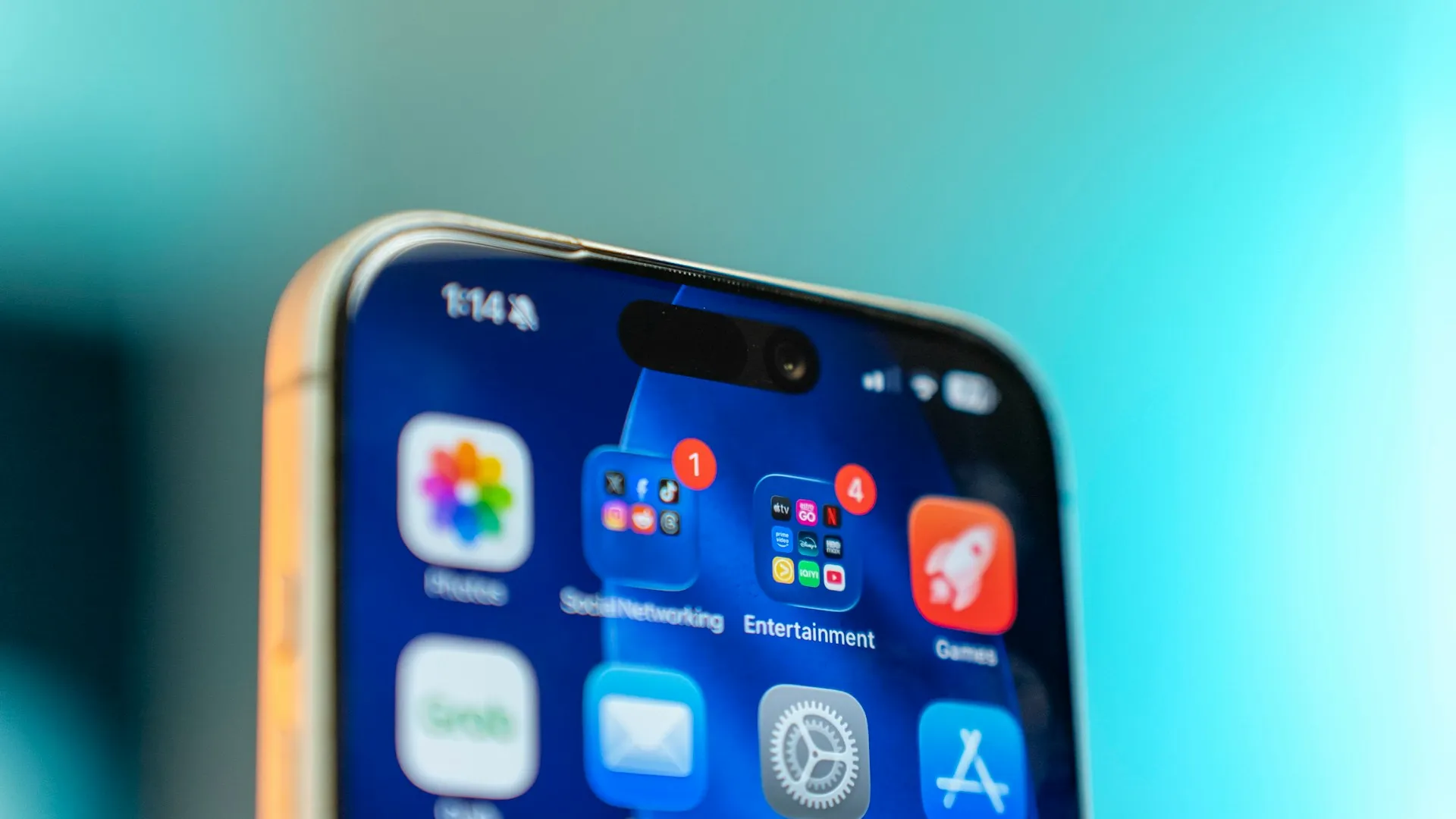
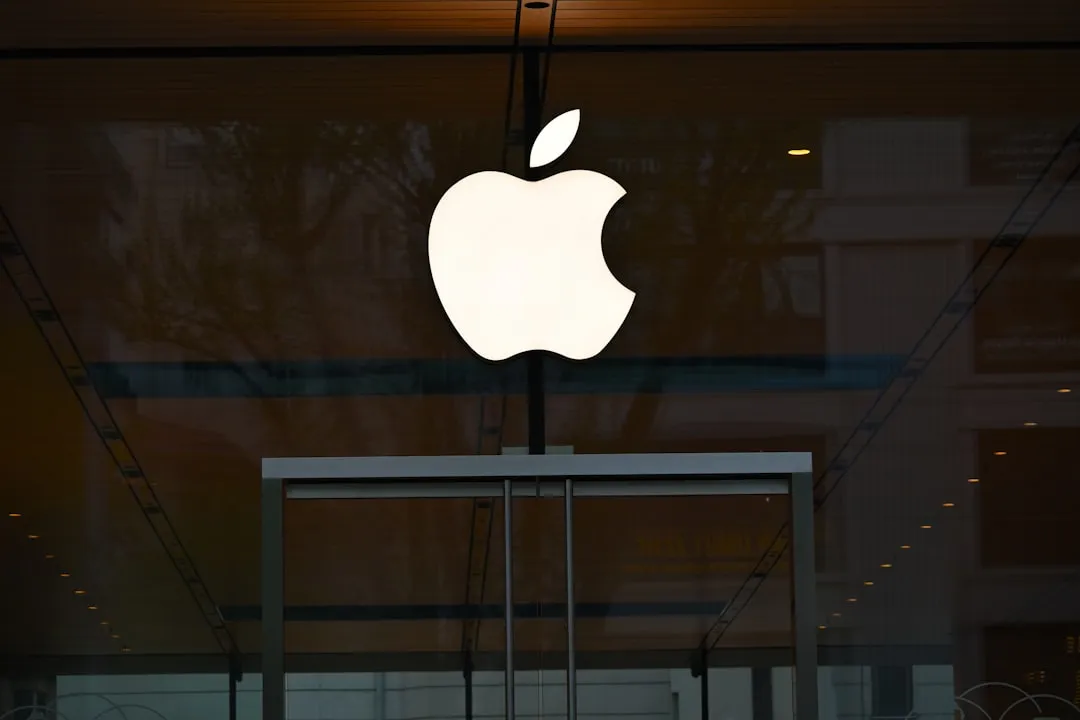



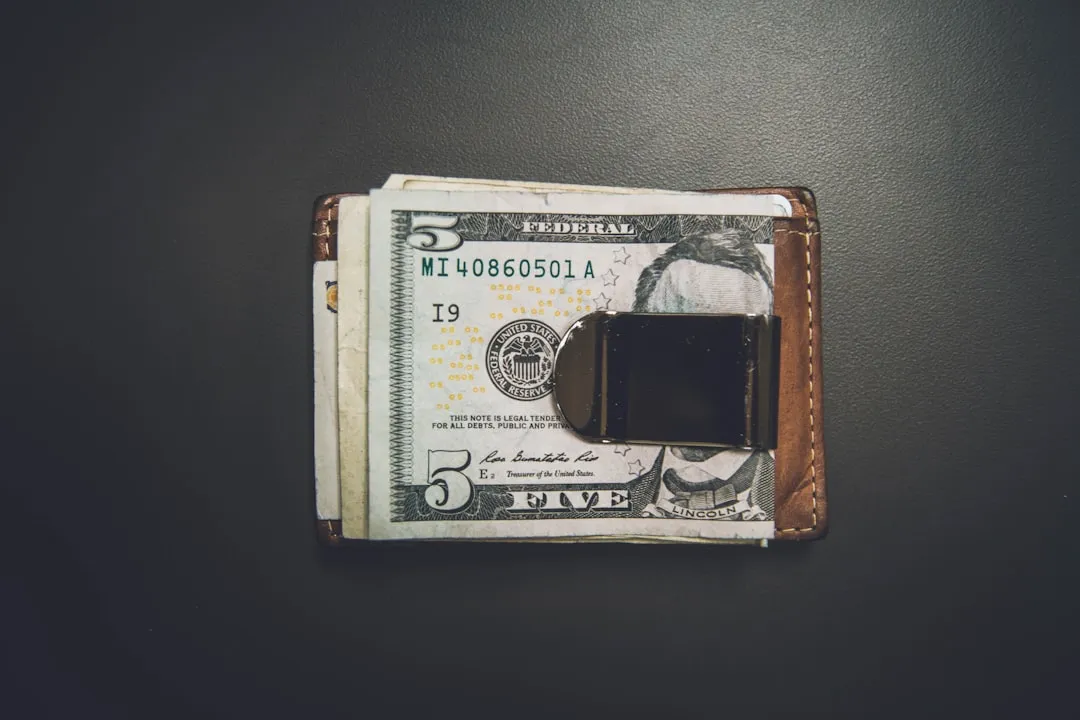
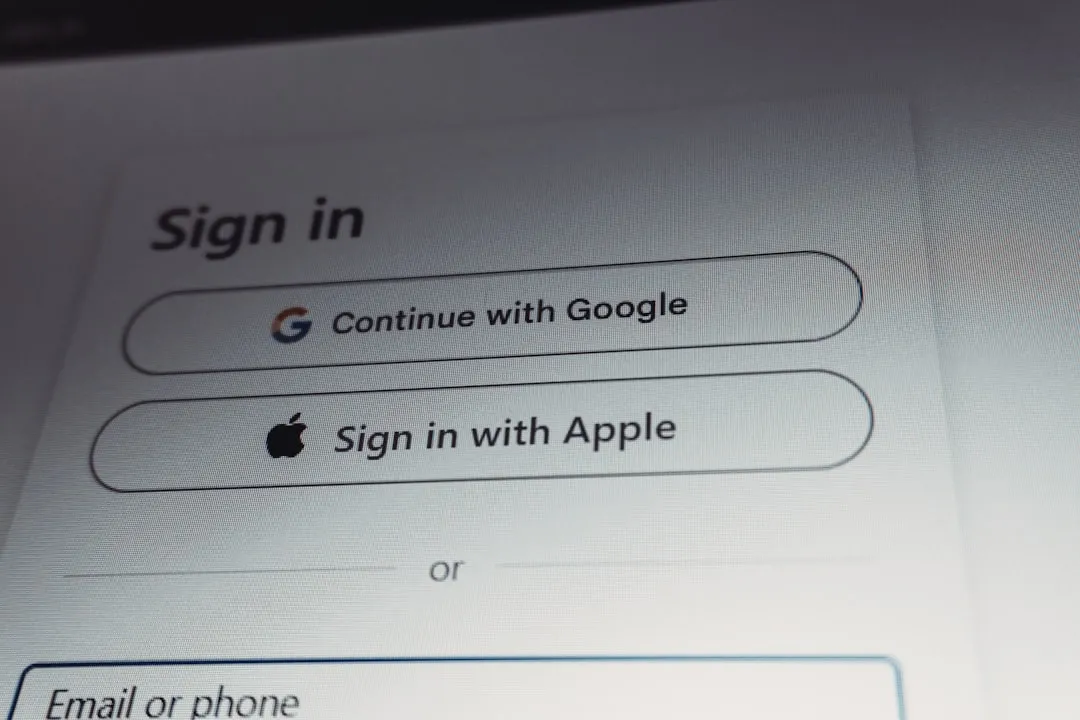
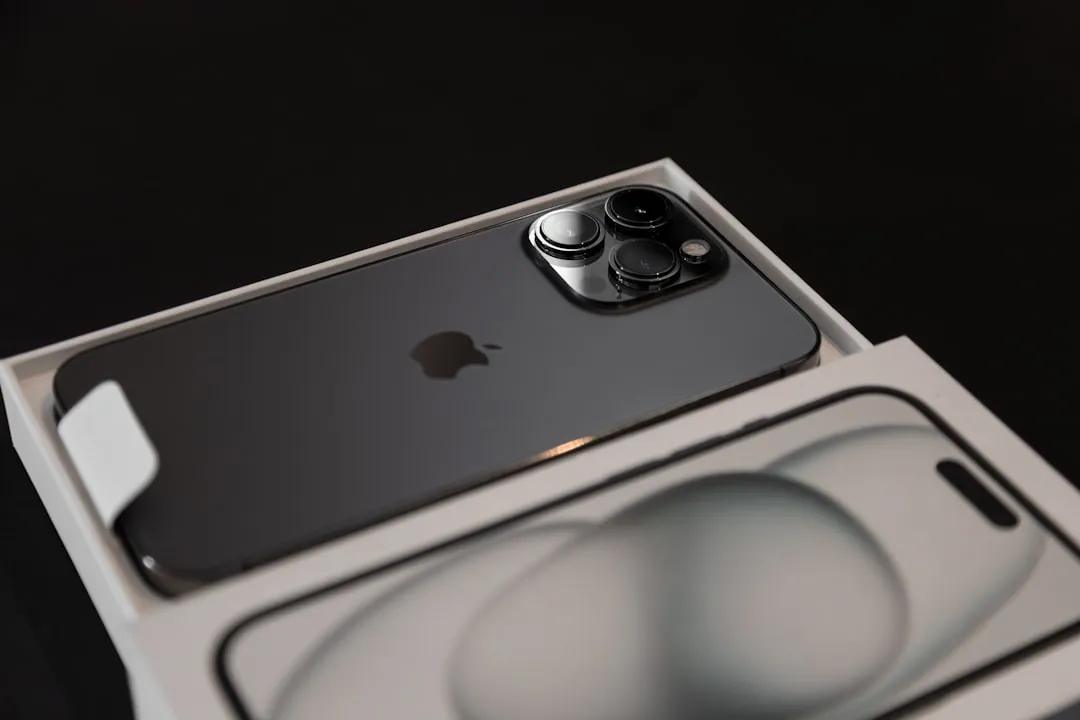
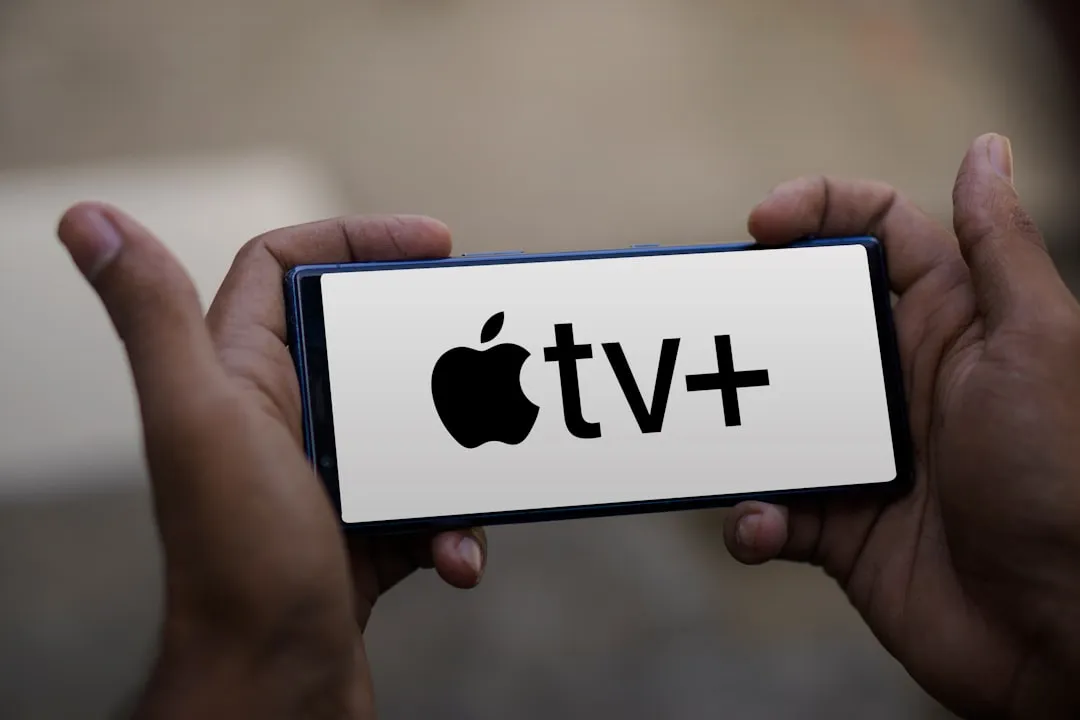

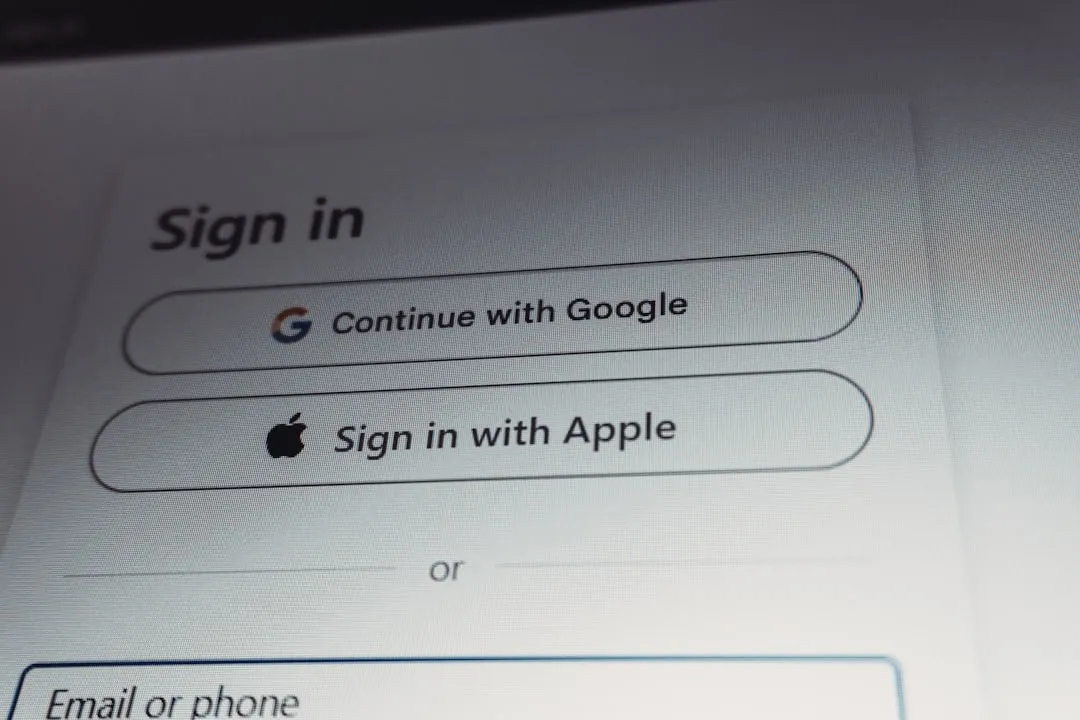





Comments
Be the first, drop a comment!